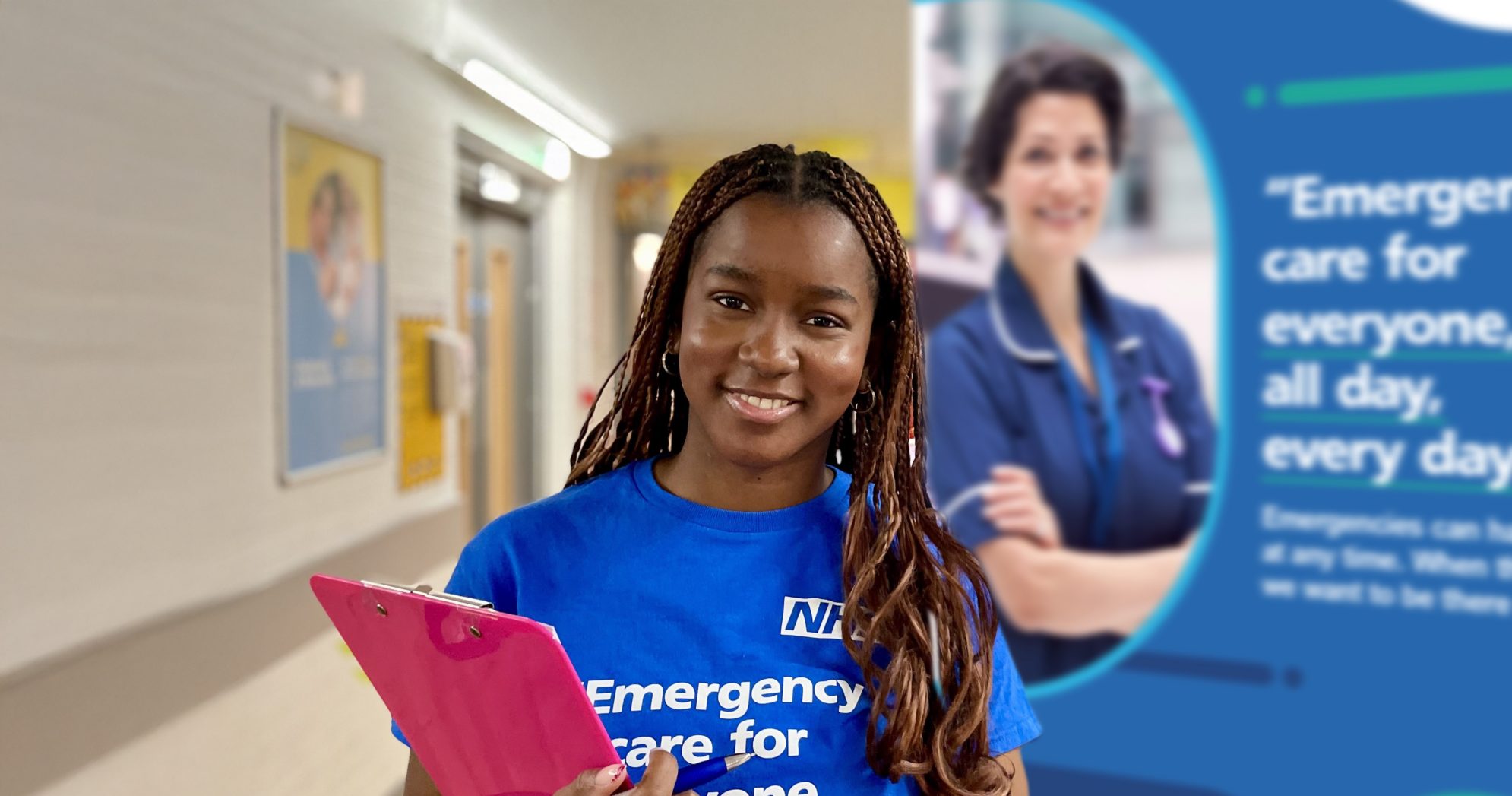
Beyond the checklist: Our top 10 tips for healthier conversations in the NHS
In the crowded and complex NHS landscape, effective communication isn’t just a ‘nice-to-have’ - it’s essential. The way the NHS shares information is vital so that patients can make the right choices about the care they receive.
As an agency with more than 25 years of healthcare communication experience, we champion accessibility and inclusion as the cornerstones of effective communications. It’s about moving beyond a simple checklist and making sure there’s a person-centred approach at the heart of every message. Here are our 10 top tips for creating healthcare communications that connect, engage and have impact.
-
Put your audience first
The starting point for inclusive communications is understanding the needs of your audience – their abilities, literacy levels, languages spoken and use of digital services. We always begin by asking are we excluding anyone with our communications approach and how can we make it more accessible? Challenging our own assumptions, and being guided by diverse user groups from the start, supports communications built on needs.
-
Use plain language
Medical jargon is commonplace in the healthcare world and can be a real issue for patients. Terms like screening, acute, chronic or even specialist can be alienating for some. Using plain, clear language isn’t dumbing down – it’s a vital part of helping patients to participate in their own care. That means keeping the content concise and defining necessary medical terms in simple language.
-
Design for the few and benefit the whole
By creating campaigns for those with the most significant needs – such as people with visual impairments, cognitive conditions or lower levels of literacy – we can create a better experience for everyone.
-
Enhance accessibility with clear design
Effective design is accessible design. This goes beyond colour contrast, important though that is. It’s about typography choices for readability, a logical flow of content and a consistent use of icons and imagery to support the text. Freshwater has a design team with decades of experience in healthcare communications, who produces content that not only looks great but also performs effectively, using creative design to help make sense of complex information.
-
Keep digital tools simple
Websites and patient portals are often the first point of contact. As such, it has to be easy to use, helping people get what they need, quickly. As well as a user journey that makes sense, it could also mean providing keyboard-only navigation, descriptive link text and alternatives for video and audio content, such as captions and transcripts. Accessibility tools can also be added to sites that allow users to customise their online experience for their needs. A seamless digital experience helps make sure that critical health information is never more than a few clicks away.
-
Embrace a multi-channel strategy
There is no single way people consume information. Relying solely on a leaflet or a webpage is likely to exclude large parts of your community. This can not only leave people feeling undervalued but may also leave you short of what is legally required. Think about delivering audience-focussed, mixed-format campaigns. This could include easy-read documents, BSL-interpreted videos, audio podcasts, video animations, large-print materials and translated documents for people whose first language isn’t English.
-
Reflect the communities you serve
Inclusive communication must be representative. The imagery, case studies and language need to reflect the diversity of the target audience. It’s good practice to represent easy-to-exclude groups across all communications, regardless of whether their protected characteristics are specifically relevant to the messaging. When people see themselves included in your communications, they are more likely to relate to and trust the message.
-
Co-create with lived experience
The most valuable insights can come from those with lived experience. Facilitate focus groups and workshops with public, patients, carers and their families and community groups to test and refine messaging and materials. Collaboration in the design process reveals unforeseen barriers and helps ensure communications are genuinely user-centred.
-
Train internal teams
It’s always good to remember that staff don’t just talk to patients and public at work. They also live in the communities you serve and their views about the NHS are trusted and respected. Help to make them your ambassadors.
-
Measure impact over output
Success isn’t just the number of website visits, it’s the reduction in people going to A&E who don’t need to be there, the improved discharge rates or the increase in appointment attendance. Think about all the metrics when delivering important campaigns.
In a sector where misunderstanding can have serious impacts on people’s health, settling for anything less than clear, inclusive and accessible communication is simply not an option.
Freshwater has a wealth of experience building healthier conversations in the NHS. We partner with clients to deliver inclusive and accessible campaigns designed with people at the core.
If you’re looking for specialist support with your campaign, get in touch via hello@freshwater.co.uk or call 029 20 30 40 50.
